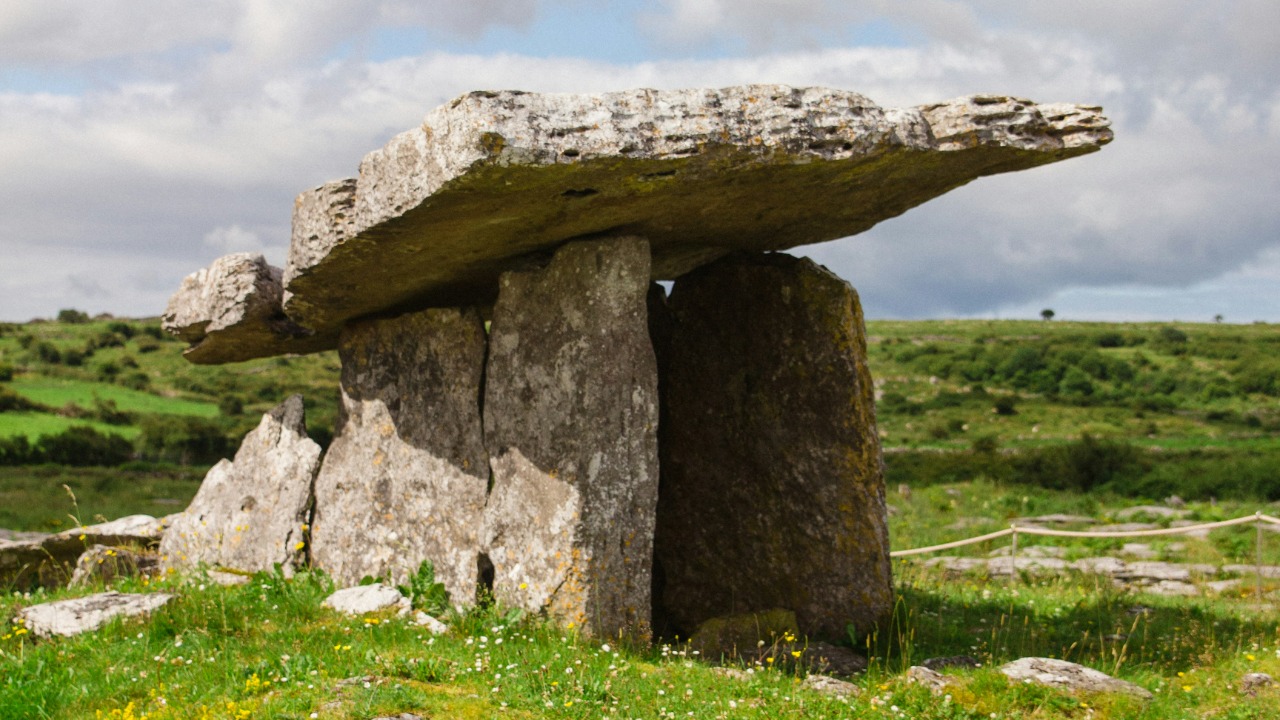
In the heart of Spain, a 6,000-year-old megalith known as a dolmen stands as a testament to early human engineering. This ancient structure, predating the iconic Stonehenge by over a thousand years, remains structurally intact, offering a glimpse into the ingenuity of Neolithic communities. Recent explorations have shed light on how such megaliths were erected, providing valuable insights into our prehistoric past [source].
Discovering the Spanish Megalith
The dolmen is located in a region of Spain rich with prehistoric sites, a testament to the vibrant history of human habitation in the area. Its initial recognition and ongoing preservation efforts have ensured that the structure, which has stood for millennia without modern intervention, remains accessible to the public. Today, the dolmen draws visitors from around the world, eager to witness its enduring presence and marvel at the engineering prowess of our ancestors.
Age and Timeline of Construction
Archaeological dating methods have established the age of the megalith at precisely 6,000 years old. This places it in the broader context of European megalithic traditions, predating the construction of Stonehenge by over a thousand years. The dolmen was built during the Neolithic period in Spain, a time when early farming communities were beginning to make their mark on the landscape.
Architectural Features of the Dolmen
The core components of the megalith include massive upright stones and a capstone that form a chamber. The stability of the structure, which has stood for 6,000 years, can be attributed to foundational techniques and material choices made by its builders. As is typical for such Spanish megaliths, the dolmen served a burial purpose, with space for multiple interments.
Methods Used in Megalith Construction
The construction process involved quarrying local granite or similar durable rock. The heavy slabs were likely transported to the site using rollers, levers, and communal labor. The erection process, which involved positioning the stones upright and capping them, demonstrates the remarkable engineering skills of prehistoric communities, achieved without the use of metal tools.
Significance in Prehistoric Europe
The Spanish dolmen represents an early example in the spread of megalithic culture across Europe, predating Stonehenge by over a thousand years. It played a significant role in rituals and society, reflecting beliefs in the afterlife among 6,000-year-old communities. Today, the site continues to draw archaeological interest, with studies revealing its continuity from Neolithic times to the present day.
Preservation and Modern Study
Despite challenges to its longevity, such as weathering, the megalith has remained standing for 6,000 years. Recent reporting from 2024 confirms its intact condition, thanks to non-invasive surveys. Future conservation plans aim to protect this predating relic of Stonehenge, ensuring its study for generations to come.
More from MorningOverview